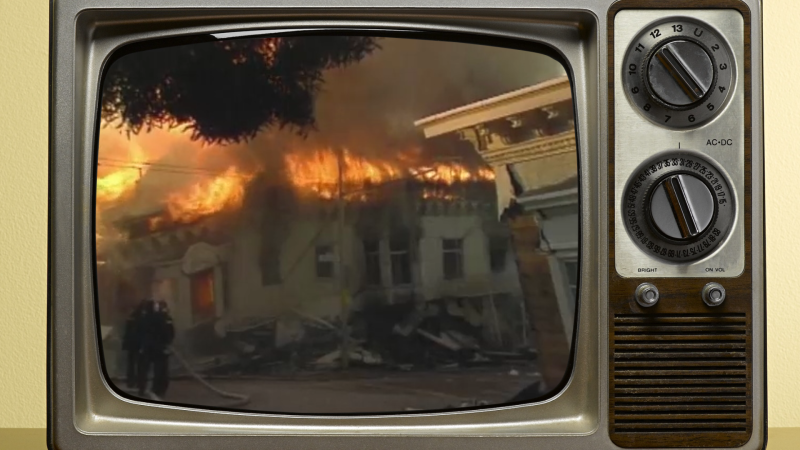An earthquake forecast for the State of California was released by USGS, Southern California Earthquake Center and the California Geological Survey in 2008. It states that there is a greater than 99% probability that one or more earthquakes of at least a 6.7 magnitude will occur in California over the next 30 years. California has experienced many damaging earthquakes in its history. Scientists and engineers have learned how to design buildings that will better withstand future earthquakes. Over the past few decades, many structures have undergone earthquake retrofitting in the Bay Area and beyond.
Engineers have dedicated their careers to studying how to make the buildings we live and work in safer and better able to withstand damage from future earthquakes. Computer simulations help scientists test possible scenarios and see the impact of a future earthquake on the Bay Area. Information such as the proximity of mountains, type of soil, and other factors are used to calculate shaking intensity. This information allows engineers to design safer structures for earthquake prone areas.
Real-world tests on building materials are conducted on large tables that simulate ground shaking using accurate seismic data. The shaking table at the Pacific Earthquake Engineering Research Center at UC Berkeley is the largest multi-directional shaking table in the U.S. and has been the site of important research. Because the shaking table can move vertically and horizontally—and because it includes three rotational components—it can be programmed to simulate seismic waves with various forces, velocities and frequencies. This allows engineers to test how building materials will stand up under different earthquake scenarios. Engineering designs, such as the isolation bearings found below a building, enable engineers to strengthen buildings like San Francisco’s City Hall and the iconic Ferry Building.
The San Francisco-Oakland Bay Bridge was built in 1936. During its first year, nine million vehicles crossed the bridge. That number has now increased to more than 102 million vehicles per year. The bridge consists of two major crossings—the West Span and the East Span, with Yerba Buena Island situated in between. In 1989, the Loma Prieta earthquake caused a portion of the East Span of the bridge to fail, resulting in a decision to retrofit the West Span of the bridge and build a new self-anchored suspension bridge to replace the vulnerable East Span. The new East Span of the Bay Bridge has been designed to withstand the largest earthquake expected to occur at a nearby fault in the next 1,500 years. Instead of having two cables holding up the deck like most other self-anchored suspension bridges, it has one huge cable that loops under the bridge, acting like a sling. The tower in the East Span is made up of four separate legs that are connected by “shear link beams.” These steel beams are designed to move separately and will function like fuses in an electrical circuit during an earthquake, absorbing most of the energy and leaving the bridge intact. One of the piles of the tower’s foundation even contains seismic monitoring equipment to collect data about ground motion during an earthquake.
